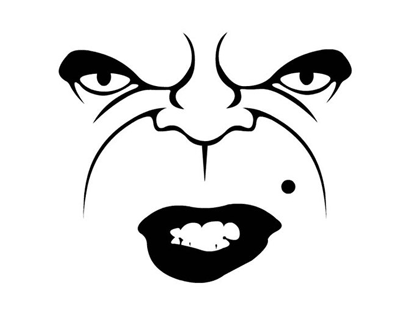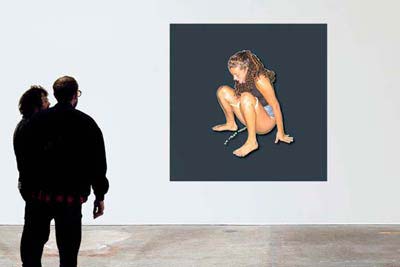How long does it take for a liter of water to go through our body?
For normal people it should take about 2 to 3 hours…
But it depends on several things.
First, the water has to be absorbed. For example, if someone has really bad diarrhea or is vomiting, the fluid won’t be absorbed.
Second, it depends on what is in the water. If it is pure water rather than water with salt in it, the pure water will be excreted faster than salt water.
Third, if someone is dehydrated, say, was playing soccer for two hours and sweated out two more litres water than he drank, the fluid would stay in his body and his rate of urine production will stay really low until he drinks more.
Fourth, it depends on the time of day. Usually, people’s rate of urine production decreases in the middle of the night and increases around the time we wakes up.
Finally, it depends on the state of health of the person. If a person has kidney disease, the urine production might not increase as much. If a person has heart disease, the fluid May build up in his tissues instead of being excreted.
The reference is a paper where students drank water in the morning and determined how long it took for the water to be excreted. In this paper, it looks like they urinated out about 400 or 500 ml of water over about 2 hours, before the rate of urine production slowed down.
{ MadSci }
The water runs down the throat, past the epiglottis (which is closed so that water doesn’t end up in the lungs) and down through the oesophagus into the stomach.
In the stomach, water is needed to assist in the processing and digestion of food. So far, the body has not absorbed any water. The only thing that has happened is that any thirst was probably quenched and the amount of saliva has increased.
The water and food are mixed into a dough and kneaded out into the intestines.
In the small intestine, the body starts to absorb fluid, as well as vitamins and other nutrients from the dough. These nutrients are absorbed by the blood and transported to all the body’s cells…
The large intestine’s task is to absorb as much liquid as possible from the thin batter, so that the body can make use of this liquid and achieve a proper balance of body fluids. This is Important, as 60% of the human body is made of water.
The liquid is absorbed by the blood vessels in the large intestine and transported by the blood to the kidneys. In the kidneys, blood is purified and water is converted into urine which flows through the ureters to the bladder. When the bladder contains about 200 - 400ml of urine, signals are usually sent to the brain to promote urination.
{ lofric }




















